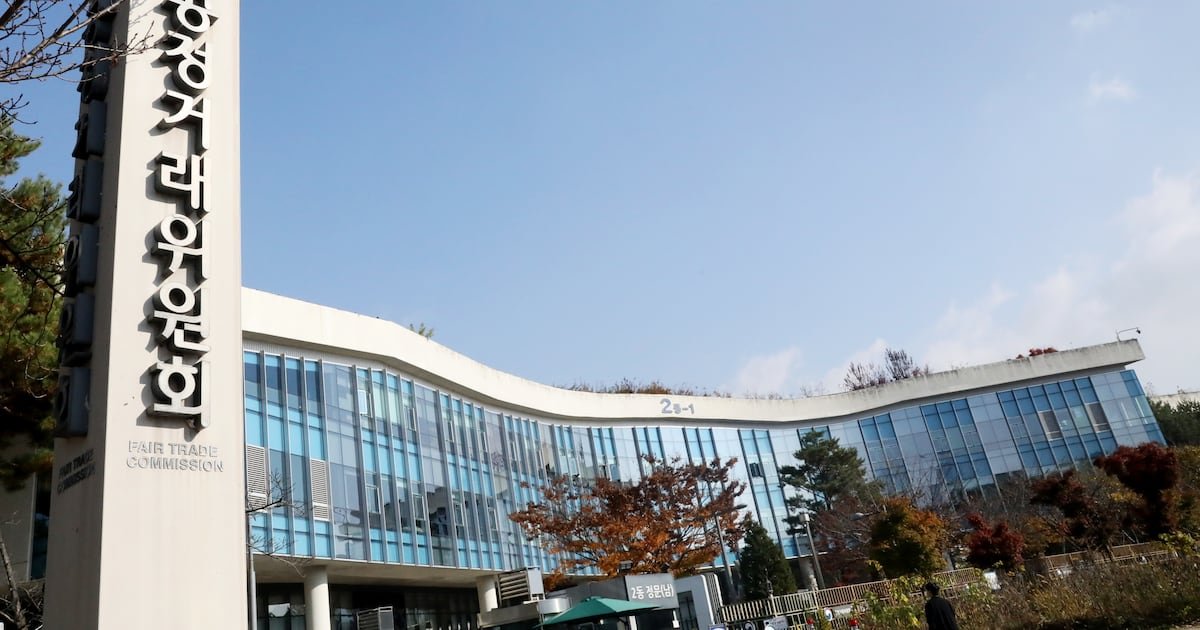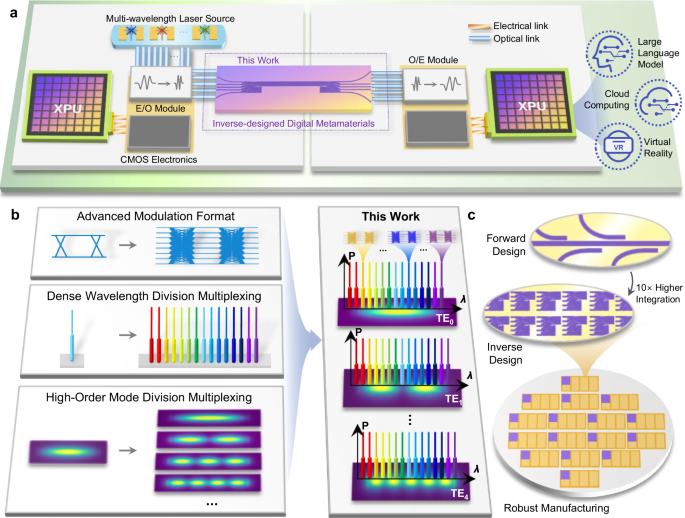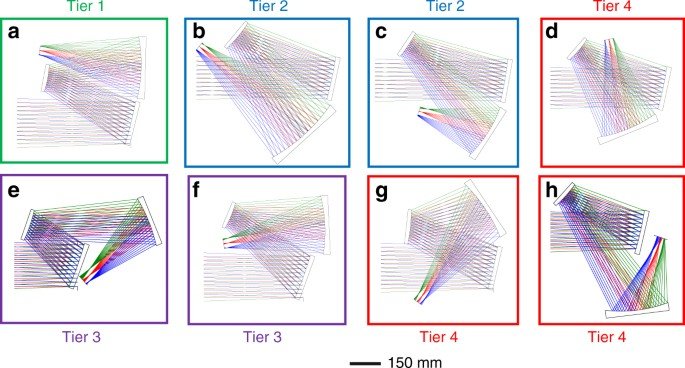The definition of “high power” in laser technology is relative, changing significantly from sector to sector. While industries require robust power for material processing tasks like cutting and welding, the biomedical field operates with vastly different power scales. Clean energy research emphasizes precision at extreme energy levels, whereas military and defense sectors prioritize beam quality and resilience in harsh environments. Despite these varying interpretations, the pursuit of improved durability, precision, and control remains a unifying goal across all fields utilizing high-power sources.
Industrial demand is a major driver in the evolution of industrial lasers. Sectors like semiconductor manufacturing and automotive are consistently pushing for greater precision and efficiency, leading to a continuous need for more advanced laser systems. This demand directly influences the specifications for laser optics, with manufacturers striving to create components capable of finer focus, higher power handling, and enhanced durability.
Questions around the practical applications of increasingly powerful lasers are common as industry advances. However, these inquiries are seen as a way to refine development, ensuring efficiency in new products, rather than hindering progress. Once a higher-power laser becomes available, industrial customers rapidly identify new applications that benefit from the enhanced capabilities.
While some established laser processes in the 1 to 12 kW range are reaching limitations, new applications are fueling demand for even greater power. Plasma cutting customers are increasingly turning to lasers for their smaller heat-affected zones, cleaner cuts, and greater flexibility. In most cutting scenarios lasers in the 20 to 30 kW range with high beam quality outperform 40 to 50 kW lasers with lower beam quality. The rise of aerospace welding, electric vehicle production, and increased demand in heavy machinery and farm equipment are driving demand for 10 to 20 kW lasers. Specifically, electric vehicles and power storage solutions utilize thick copper busbars requiring high power and excellent beam quality, while thinner foil stacks benefit from high-power visible wavelength lasers for welding.
Advanced manufacturing, particularly in computer chip production, pushes power requirements even higher. Extreme ultraviolet (EUV) lithography, crucial for creating modern computer chips with nanometer dimensions, relies on CO2 lasers over 120 kW. Producing chips with structural sizes below 10 nm necessitates a shift to shorter EUV wavelengths, demanding megawatt peak pulse power, achieved by boosting the output of CO2 lasers via amplifiers.
Technology advancements in defense and directed energy applications, which have stringent demands for high power and beam quality, often trickle down to commercial industrial applications. The optics developed for defense and industry share significant overlap. Large laser facilities, such as those established in Europe, are providing researchers with access to petawatt-level lasers, furthering advancements in particle acceleration, drug discovery, and fundamental science. These extremely high-power systems also drive innovation in industrial optics.
Managing the immense energy output from high-power lasers without damaging optical components is a key challenge, prompting cross-sector research into advanced materials, coatings, improved surface finish manufacturing, and advanced cooling techniques. Developing laser mirrors with improved laser-induced damage threshold (LIDT) is an active area of global research, with efforts focused on novel design strategies and deposition process optimization for dielectric layer stacks.
Dielectric layer stacks in coatings can introduce mechanical stress, which needs careful management. Large interferometers are used to verify surface flatness, which needs to be better than λ/10 at 633 nm over apertures larger than 300 mm for optimal high-energy performance. Strategies to mitigate coating stress include pre-curved substrates and stress compensation layers.
On the supply side, laser systems are becoming more accessible and integrated into various applications due to advancements in manufacturing. Mass manufacturing capabilities are leading to better cost structures for high-energy systems, expanding their commercial use. Additive manufacturing is one rapidly growing sector benefiting from laser integration due to its precision and minimal waste. Quantum technologies are also emerging as a high-energy laser application area, still facing challenges in cost, scalability and size.
Laser-induced damage threshold (LIDT) is a critical performance factor for optics, particularly as laser power increases. While large optics are not exclusively for high-energy applications, they become necessary as laser power scales up. Industrial applications prioritize throughput and require reliable, high-repetition-rate, high-energy performance over long operational periods.
Optical coatings and thermal management are major challenges for high-power optics in industry, research, and defense, potentially leading to power loss, focal shift, or even component failure. Transmissive optical components are minimized in favor of reflective mirrors in high-power systems because it’s easier to reflect high powers than transmit them. LIDT, although crucial, suffers from standardization issues under the current ISO 21254 standard, leading to ongoing efforts to update it. Real-world application testing and multi-physics simulation are employed as alternatives. Accelerated lifetime testing and predictive lifetime analysis are becoming more relevant.
Standardization efforts for LIDT testing are progressing but require substantial revisions to ensure consistent and reliable comparisons. For extremely high-energy systems, guaranteeing optic durability can be challenging, potentially requiring reduced power operation or more frequent optic replacements.
For industrial applications, rigorous quality control is crucial to maintain resistance to laser-induced damage in optics. Future developments in high-energy laser optics are expected to focus on “smarter” optics, integrating sensors, artificial intelligence, and condition monitoring for process optimization. Antireflective coatings for sensor systems will become increasingly complex to accommodate angle dependencies in their properties. As high-power laser systems enhance in performance and application range, advanced sensors for monitoring and optimization will become increasingly important, influencing the design and functionality of integral optics.
Source link





